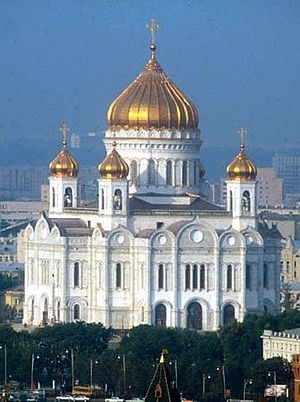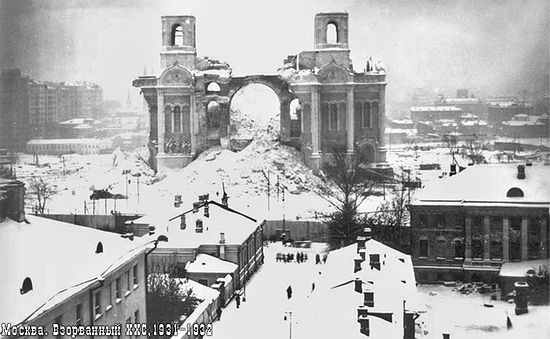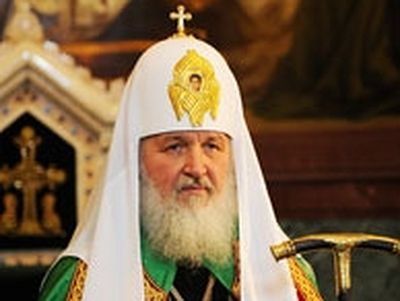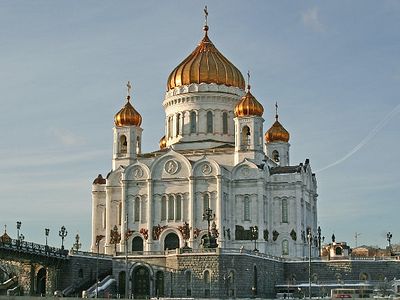Source: Vancouverdesi.com
By Biswajit Choudhury

It can accommodate up to 10,000 people within its fresco interiors that are dotted with beautiful paintings. What struck me first on entering was the absence of the wooden pews for kneeling that are typical of Roman Catholic or Protestant churches.
The day I visited was a holiday, which meant there was a goodly crowd of worshippers, including a fair share of women with their heads covered, while PR executive Nikita Stepanov, my tour guide, recounted the historical significance of the cathedral.
Built by Tsar Alexander I to honour Christ for saving Russia, following the 1812 departure of Napoleon’s forces after having burnt down most of Moscow, the structure was demolished by the Soviets soon after they seized power early in the 20th century. The present cathedral, which looks centuries old, was rebuilt in the 1990s after the collapse of the Soviet Union.
The recreation has been identical in every minute detail. It stands just north of the Moscow river close to the Kremlin, with a splendid view of the seat of Russian authority for centuries.
Soviet state atheism had led Stalin to begin dismantling the structure in the late 1920s with the idea of replacing it with a huge monument to be called the The Palace of Soviets. The church sculptures and valuable parts, as well as remnants from other destroyed places of religion, were moved to one of the monasteries left untouched. The church walls of Carrara (Italian) marble were used in the construction of nearby Moscow Metro stations.
However, Hitler’s invasion of Russia and the consequent pressure on funds torpedoed Stalin’s design of erecting the tallest building in the world, construction work on which had already begun before the onset of World War II.
In the 1950s, after being left empty for almost two decades, the Soviets converted the site into the world’s largest open-air swimming pool that would stay open all year through, till 1995.
That year, the Russian Orthodox Church began rebuilding the old cathedral after getting permission from the government. More than a million Russians donated money for the reconstruction.
Stepanov pointed to the crowd milling around to say it was just a day off for many Russians unaware of the precise significance of Russia Day on June 12, which marks the formal adoption of the declaration of the country’s new name – Russian Federation – on December 25, 1991.
The idea of the declaration originated in the Democratic Russia movement in the late 1980s, in which proponents of evolutionary market reform and strong statehood started opposing the Communist party’s monopoly on power.
The cathedral hit the headlines in 2012 when the Russian all-female band Pussy Riot performed a song critical of the authorities in a concert held in the premises.
India’s first Russian Orthodox Church is slated to come up within the compound of the Russian Centre of Science and Culture in New Delhi.




